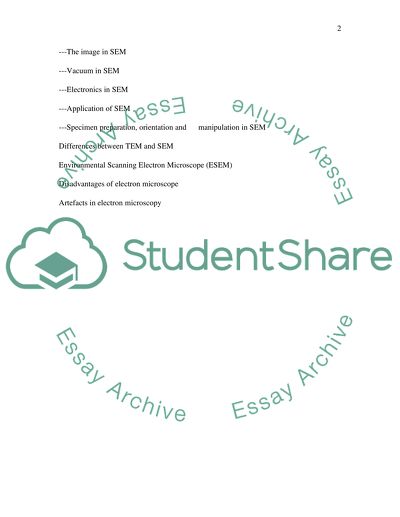Cite this document
(“Uses of Electron Microscope Essay Example | Topics and Well Written Essays - 6250 words”, n.d.)
Uses of Electron Microscope Essay Example | Topics and Well Written Essays - 6250 words. Retrieved from https://studentshare.org/physics/1550152-electron-microscopy
Uses of Electron Microscope Essay Example | Topics and Well Written Essays - 6250 words. Retrieved from https://studentshare.org/physics/1550152-electron-microscopy
(Uses of Electron Microscope Essay Example | Topics and Well Written Essays - 6250 Words)
Uses of Electron Microscope Essay Example | Topics and Well Written Essays - 6250 Words. https://studentshare.org/physics/1550152-electron-microscopy.
Uses of Electron Microscope Essay Example | Topics and Well Written Essays - 6250 Words. https://studentshare.org/physics/1550152-electron-microscopy.
“Uses of Electron Microscope Essay Example | Topics and Well Written Essays - 6250 Words”, n.d. https://studentshare.org/physics/1550152-electron-microscopy.


